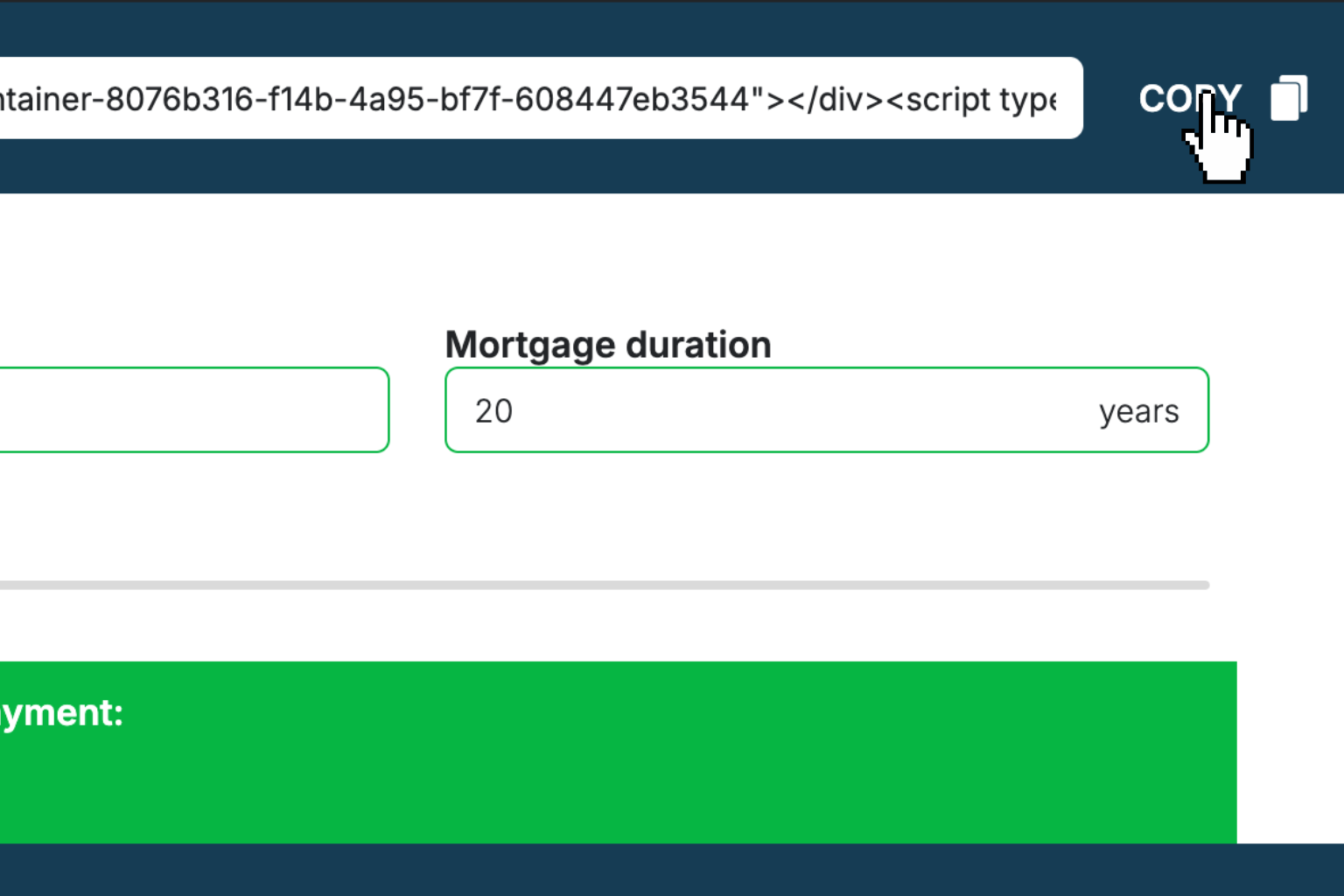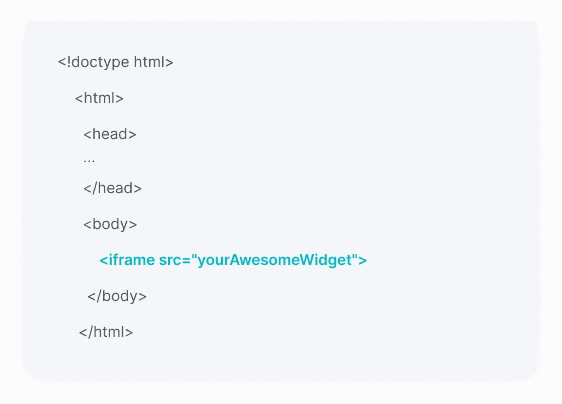ROAS Calculator
Quickly see how much revenue your ads generate per dollar spent with our ROAS calculator.How ROAS Calculator Works
ROAS (Return on Ad Spend) is a straightforward metric that shows you exactly how much revenue your advertising campaigns generate for every dollar you invest. By simply dividing your campaign revenue by your total ad spend, you get a clear picture of your advertising efficiency.
This calculator is perfect for businesses running digital marketing campaigns across platforms like Google Ads, Facebook, or any paid advertising channel. It helps you make smart budget decisions by showing which campaigns are actually making you money.
The optional average order value calculation gives you additional insights into customer purchasing behavior, helping you understand not just how much revenue you're generating, but also how your advertising affects customer spending patterns.
ROAS Calculator Formula Breakdown
Formula
ROAS = Generated revenue ÷ Total ad spend
Average order value = Generated revenue ÷ Number of ordersVariables Explained
- Generated revenueThe total revenue attributed to your advertising campaign. This includes all sales that can be directly traced back to your ads, typically tracked through conversion pixels, UTM parameters, or platform attribution windows. Make sure you're using the same timeframe as your ad spend.
- Total ad spendThe complete amount spent on your advertising campaign, including platform fees, creative costs, and any third-party management fees. This should match the same time period as your revenue tracking for accurate ROAS calculation.
- Number of orders generatedThe total count of individual transactions or orders that resulted from your advertising campaign. This optional metric helps calculate average order value and provides insight into customer purchasing behavior beyond just revenue.
Example Calculation
Given:
- Generated revenue: $10,000.00
- Total ad spend: $2,000.00
- Number of orders generated: 200 orders
Calculation:
ROAS = $10,000.00 ÷ $2,000.00 = $5.00 per $1 spend
Average order value = $10,000.00 ÷ 200 = $50.00Result:
$5.00 per $1 spendExplanation
This example shows a successful e-commerce campaign where every dollar spent on advertising generated $5 in revenue, with customers averaging $50 per order. This 5:1 ROAS indicates a highly efficient campaign that's likely very profitable.
Tips for Using ROAS Calculator
- 💡Track ROAS over at least 30-day periods to account for longer purchase cycles and attribution windows, as some customers may see your ad but purchase days later.
- 💡Include all advertising costs (platform fees, creative production, management) for accurate ROAS calculation - many businesses only count platform spend and get misleading results.
- 💡Consider your profit margins when evaluating ROAS - a 2:1 ROAS might be great for high-margin products but unprofitable for low-margin businesses.
Make Your Own Web Calculator in 3 Simple Steps
Create Interactive Calculator
Design your interactive calculator in under 5 minutes using our drag-and-drop builder.Preview & Generate Embed Code
Review your calculator and copy the embed script when you're satisfied with the results.Embed Calculator Into Your Website
Paste the code into your website's HTML. Works on WordPress, Shopify, Wix, and any platform.
Eugen
Creator of Creative Widgets“After 10+ years in digital marketing, I’ve built calculators that drove thousands of new leads for clients. I realized one thing: calculators convert. They're killer for CRO and great for SEO. That's why I built Creative Widgets—an easy, no-code calculator builder. ”
It's free. Try it out. You'll like it.




